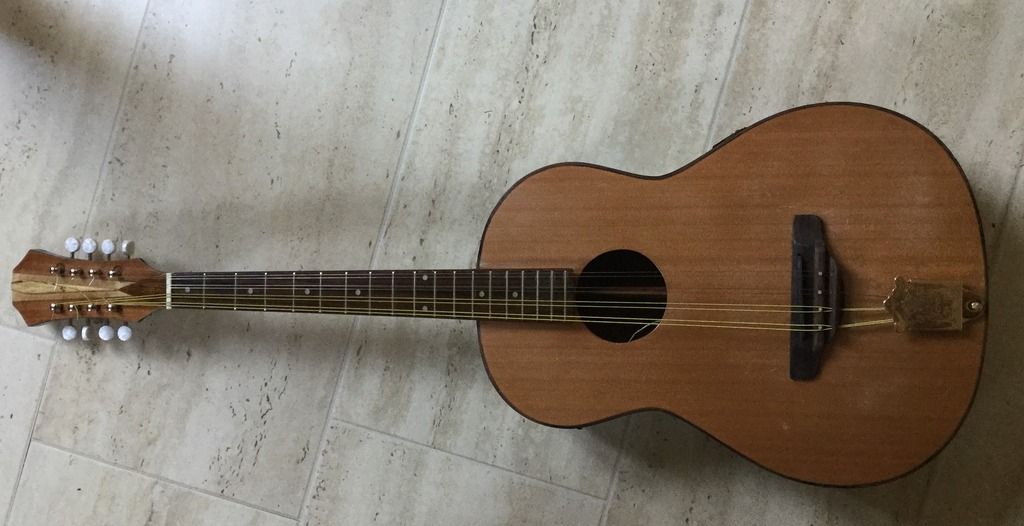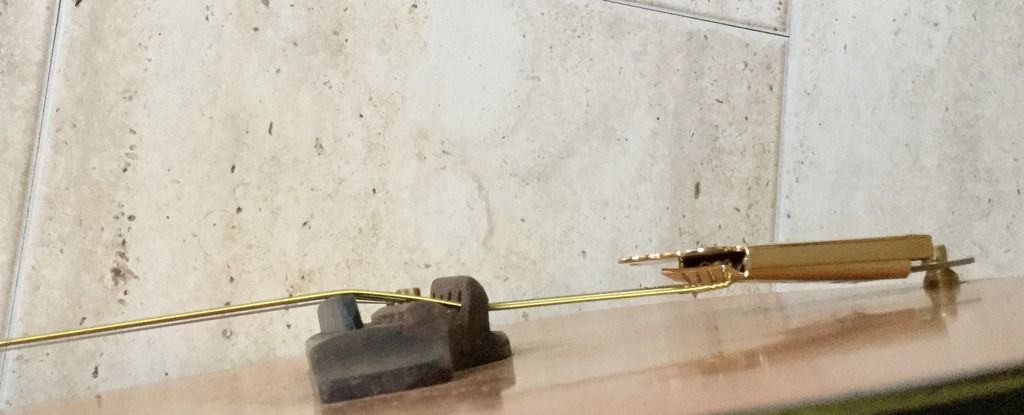 Re: A different bridge design.
Re: A different bridge design.
I like your bridge. Does it tend to breakages? That would be the only thing. Otherwise there's a lot of advantage there I think. Congratulations.
JBovier ELS; Epiphone MM-50 VN; Epiphone MM-40L; Gretsch New Yorker G9310; Washburn M1SDLB;
Fender Nashville Deluxe Telecaster; Squier Modified Vintage Cabronita Telecaster; Gretsch 5420T; Fender Tim Armstrong Hellcat: Washburn Banjo B9; Ibanez RB 5string; Ibanez RB 4 string bass
Pedalboard for ELS: Morley Cry baby Miniwah - Tuner - EHX Soul Food Overdrive - EHX Memory Toy analog Delay
Fender Blues Jr Tweed; Fender Greta;









 Reply With Quote
Reply With Quote





Bookmarks